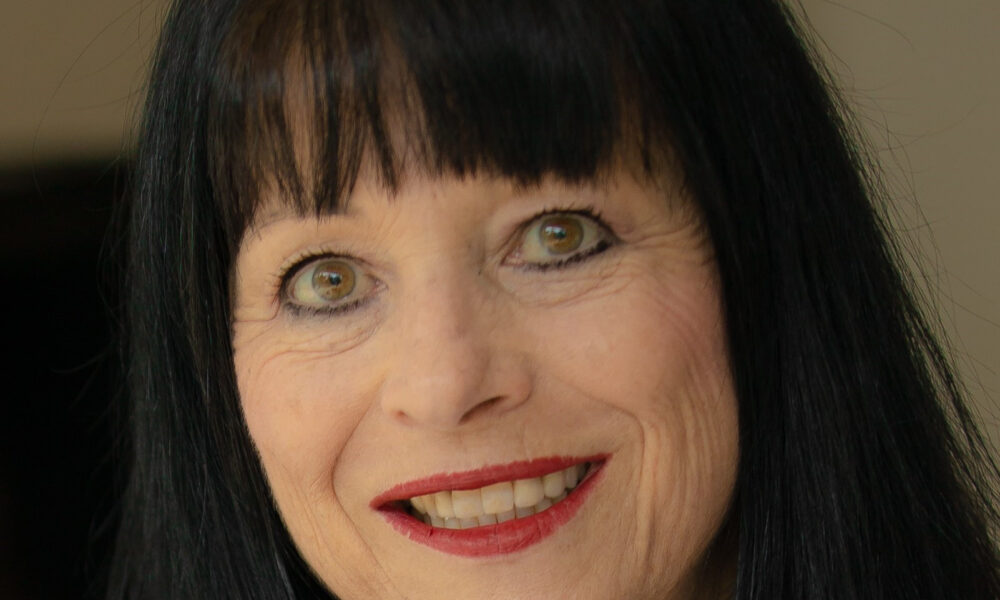OpEds
Early STEM seeds key to future growth

Not even futurists are able to predict the future of work accurately. Much of what universities are teaching will be redundant by the time today’s babies get there. Schools therefore have a responsibility to develop enquiring minds.
They need to teach creativity, collaboration, innovation, problem-solving, and critical thinking from a young age. These 21st century skills will be essential for our children as they embark into unchartered territory.
One of the ways that schools should be doing this is through integrating STEM (science, technology, engineering, and maths) into the classroom, even from a very young age.
This philosophy blends these subjects, teaching them in relationship to each other and making them interconnected. The result? An exciting way of teaching that thrills youngsters and develops the neural pathways necessary for future success.
We need to sow STEM seeds in our children from an early age. The good news is that it doesn’t require many resources.
Well-funded schools can make fantastic use of a variety of materials and technology, but even the poorest of schools can and must bring in some form of STEM, using whatever is at hand – bottle tops or toilet rolls, for example – to enhance learning.
Even if only one teacher at the school has an iPad, this can be used to bring in the technology element. The important thing is that the subjects are integrated.
So, what would a STEM project look like in playschool?
Instead of simply telling children the story of Queen Esther at Purim, teachers could turn this into a fun-filled learning experience. Children need to mix colours to paint their palaces (S); are shown videos of different palaces all over the world (T); must then build their own palaces using boxes (E); and calculate what size to make the people to fit inside, and how many arms, legs, and eyes to make (M).
Or, during story time, teachers could transform the telling of the classic Aesop’s Fable, The Tortoise and The Hare, into a STEM experience. The teacher reads the fable, and then shows the children a video of the story performed entirely in song (T). She then shows them a presentation about different types of tracks on which races can be run (T). The children get into groups of three (M), find their materials, and build tracks (E). They must measure and cut pieces of ribbon to mark the start and finish (M); and finally, code their Bee Bots (small programmable robots) to race along their tracks (T).
STEM subjects, except for engineering, are all traditionally taught at school, but in silos. When put together, magic happens. Children feel a huge sense of achievement and really enjoy the experience.
With STEM, children can:
- See the biscuit men they made during baking class come alive and dance across the screen, using technology;
- Learn about extreme weather and then construct buildings using a variety of toys and materials to withstand hurricanes. The strength of the buildings can then be tested using a hairdryer, and;
- Design waterproof umbrellas which are tested with a hosepipe, and which they must then rank graphically, according to useability.
They are encouraged to extend themselves – and they tend to become totally immersed.
The possibilities are endless with STEM. It’s all about how we teach our children. Most private schools are fortunate to be well-resourced. In government schools, it’s not always that easy. One glimmer of light is that the Early Childhood Development (ECD) portfolio has been moved from the department of social development to the department of education. This means that hopefully, proper curricula will be developed and there will be more checks and balances. So, steps have been taken to improve ECD, and this can only be good news. Sowing STEM seeds requires passion and creativity, and lack of resources shouldn’t be an issue.
- Sheva Messias is the head of King David Pre-Primary School Linksfield.